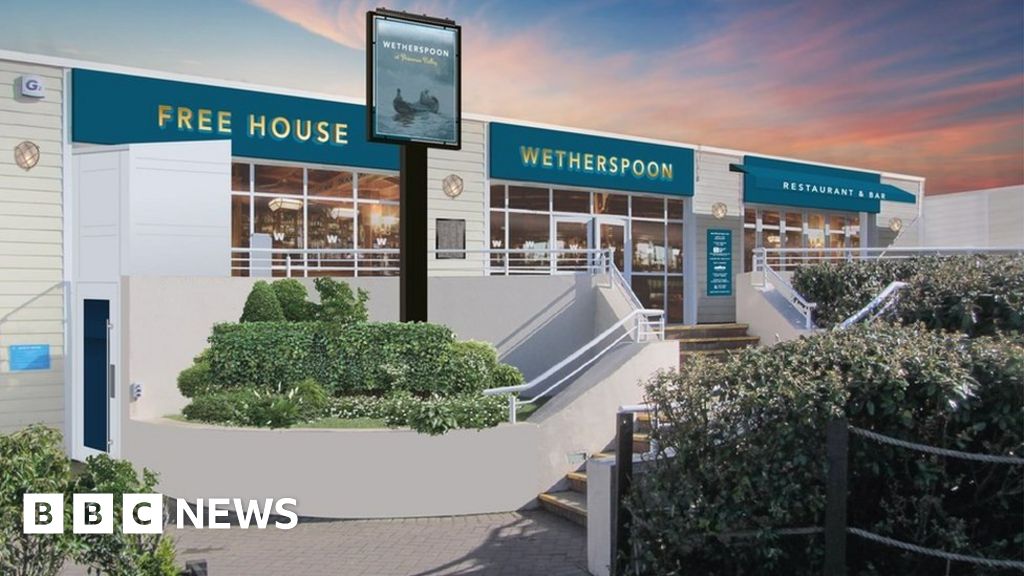Jet accident probe expands to include Boeing supplier
Spirit builds the fuselage, or main compartments, of the Boeing’s 737 Max 9 jets at its Wichita factory before shipping them for finishing by Boeing. Spirit said its work on the fuselage includes completing the initial installation of the panel that broke off the Alaska Airlines flight, although it’s not clear whether the doors were reinstalled later. The company says it is responsible for manufacturing about 70 percent of each Boeing 737 aircraft before it is delivered by rail to Boeing’s factory in Washington.
At the Boeing factory, the plane’s wings, engines and internal components are installed before delivery to airlines. Investigators will seek to learn more about the manufacturing process with Spirit’s input, an NTSB spokesman said.
The Alaska jet was almost brand new, and four experts have said initial evidence suggests a problem that cropped up when it was being built.
So far, public attention has fallen primarily on Boeing, one of only two major airliner manufacturers globally. The company has struggled to repair its reputation after design flaws contributed to two deadly plane crashes several years ago. In remarks to employees Tuesday at Boeing’s 737 factory in Renton, Wash., chief executive David Calhoun said the company’s approach to Friday’s incident would involve “acknowledging our mistake.”
“We’re going to approach it with 100% and complete transparency every step of the way,” he said. The company distributed a transcript to the media and declined to comment on what Calhoun considered the company’s mistake. “We are going to work with the NTSB who is investigating the accident itself to find out what the cause is.”
In the wake of the Alaska Airlines incident, Spirit has said little publicly but started holding safety meetings Monday with teams across the company, spokesman Joe Buccino said. The meetings were focused on quality and following processes, he said.
“As a company, we remain focused on the quality of each aircraft structure that leaves our facilities,” Spirit said in a statement Wednesday.
Spirit is far less well known than Boeing, its biggest customer. It was spun out of Boeing in 2005 and now makes parts for several manufacturers, including Airbus, Boeing’s main competitor. But Boeing and Spirit remain closely intertwined and, along with engine companies, it ranks among the aircraft giant’s most important suppliers.
“They’re not making 737s without Spirit,” said Ronald J. Epstein, an analyst at Bank of America.
Spirit has struggled in the past year with a string of manufacturing problems that have delayed deliveries of the Boeing 737 Max, a series of midsize single-aisle passenger planes. The troubles have prompted a shareholder lawsuit alleging it was slow to disclose the issues.
The in-flight fuselage breach last week has put the Kansas company under scrutiny at a time when analysts say it was trying to rebound after a pair of crashes that previously grounded the Boeing 737 Max and the coronavirus pandemic shook the aviation industry.
Spirit was not implicated in the problems that caused the crashes of two 737 Max jets in 2018 and 2019, killing 346 people. But in January 2020, with the planes still ordered out of service by aviation authorities around the world, Spirit sent layoff notices to about 2,800 employees at its Wichita plant. They said at the time that the move was “a necessary step given the uncertainty related to both the timing for resuming 737 MAX production.”
As the coronavirus spread, the company took another major blow. It reduced its global workforce by 6,600 employees and cut pay for salaried workers, according to a November 2020 securities filing detailing its response to the pandemic.
“They were hit harder than any company in the business,” because of its heavy dependence on the 737, said aerospace analyst Richard Aboulafia. Grounding the Max, and the pandemic, he said, were “the makings of a huge crisis.”
The company struggled through, shifting to producing sorely needed ventilators for covid-19 patients at one point and taking $75 million in federal aid. Despite struggles to rebuild its workforce, analysts said it had appeared to be on a good path heading into 2024. In October, the company switched chief executives, hiring longtime Boeing executive Pat Shanahan and striking new financial terms with its biggest customer.
Boeing declined to comment on its relationship with Spirit or its role in the installation of the door plug. Spirit declined to comment on its relationship with Boeing.
In a sign of the Spirit’s importance to their home state, Rep. Ron Estes (R-Kan.), who sits on a key tax committee and leads an aerospace-focused caucus, and Sen. Jerry Moran (R-Kan.), who serves on one of the top transportation committees in the chamber, have long have been public advocates for Spirit.
Moran said Tuesday that he had been briefed by NTSB chair Jennifer Homendy on the Alaska incident and would continue to monitor the investigation.
“For the thousands of Kansans who work in aviation, their jobs depend on passengers feeling safe to fly,” Moran wrote on X.
The Max was cleared to fly again in late 2020. In recent years Boeing has been racing to fill orders for the plane from airlines around the world. But the discovery of manufacturing problems last year slowed deliveries.
Last April, Spirit notified Boeing that it had discovered problems with fittings on the plane’s vertical fin, the company disclosed in SEC filings. It said the issue was not an immediate safety threat, a finding that was confirmed by Boeing and the Federal Aviation Administration.
Spirit spent months fixing 737s located at its production facility in Wichita, at a cost of more than $30 million, according to an SEC filing.
By August, then-chief executive Tom Gentile declared in a filing that the costly repair work was “behind us,” adding “we look forward to executing on our customer commitments for the rest of the year.”
The same month, Boeing and Spirit disclosed that improperly drilled holes had been found on a rear bulkhead, causing more disruptions. In both cases the problems were uncovered before the planes carried passengers and the FAA said they did not pose an immediate safety risk.
In a complaint filed in December, lawyers for Spirit shareholders alleged that the company had known about the problems much earlier than when they were disclosed to investors. It also alleges the company ignored employees’ warnings about defects. The lawsuit cites an internal complaint filed by a former inspector at Spirit in early 2022 who alleges the company’s products “frequently contained defects” due to its “rushed production process.”
Gentile and his attorney did not respond to requests for comment.
“The company is schedule-driven, not quality-driven,” said the former employee, who worked at Spirit for more than a decade and spoke to The Post on the condition of anonymity because he still works in the aviation industry.
Company managers repeatedly discouraged the former employee and other inspectors from logging defects, the former employee said. “I’ve been saying for years that it was just a matter of time before something was going to happen.”
The suit also cites the account of another former employee who said auditors discovered in 2019 that torque wrenches were miscalibrated, an issue that could lead to parts being over- or under-tightened, threatening their structural integrity.
The shareholders’ complaint alleges that Spirit suffered repeated quality failures because it had not hired enough workers to meet demand and “prioritized production numbers and short-term financial outcomes.”
Spirit has not filed a response to the allegations in the lawsuit, which is still in its early stages. Buccino said the company disputes the allegations.
“Spirit strongly disagrees with the assertions made by plaintiffs in the amended complaint and intends to vigorously defend against the claims,” he said. “Spirit will not comment further as to the pending litigation.”
The aviation industry has struggled across the board with labor issues, seeing waves of job cuts at the beginning of the pandemic before scrambling to rehire workers as demand bounced back much quicker than many had expected. The result at a manufacturer like Spirit has been a loss of experienced employees who can help get new hires up to speed, analyst Aboulafia said, and which could contribute to quality problems.
In June, Spirit manufacturing employees, who had agreed to continue working under an old contract during the pandemic, briefly went on strike. The two sides soon reached a deal on wages, drug coverage and overtime, but company executives said the walkout caused another disruption to production.
Gentile was replaced as chief executive in October, and the company’s board turned to Shanahan to help chart the company’s path forward. He had worked at Boeing for three decades and served as deputy secretary of defense during the Trump administration. Shanahan quickly made a deal with Boeing to help stabilize the company’s finances and address manufacturing problems. Aboulafia said he was the right person to step into the role because “he can read reality to Boeing.”
A month into the job, Shanahan was clear about the challenges the company had faced. In a November earnings call, he used a military term to describe his approach to the job, saying he was at the company to “take charge and move out.”
“I recognize we have disappointed our stakeholders,” Shanahan said. “We want to restore confidence in the company.”







